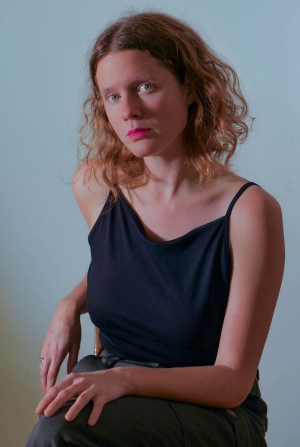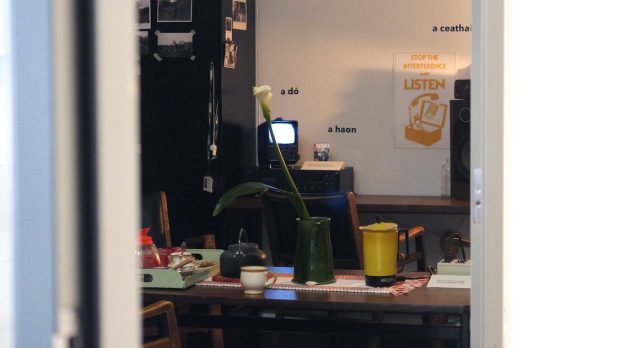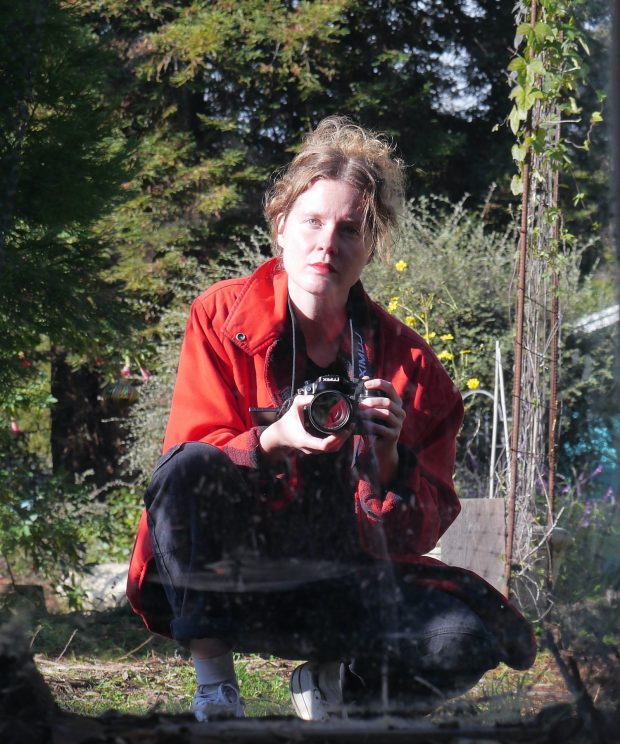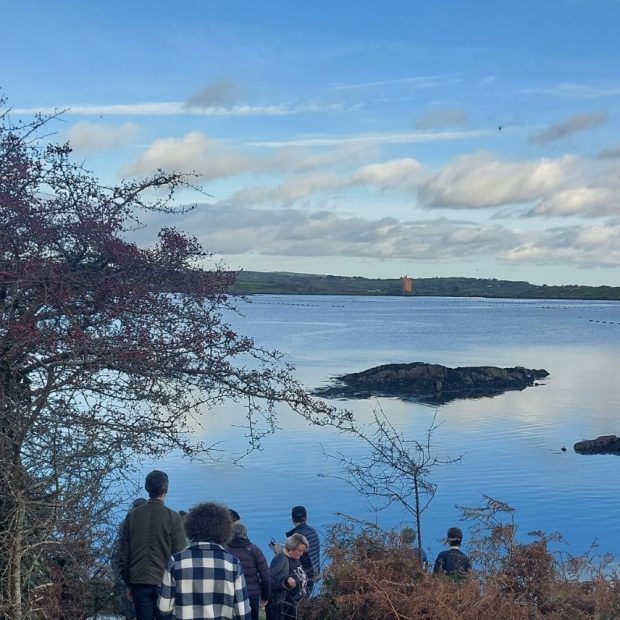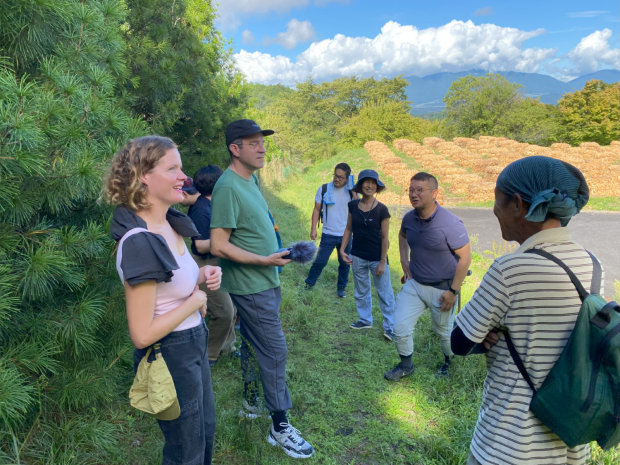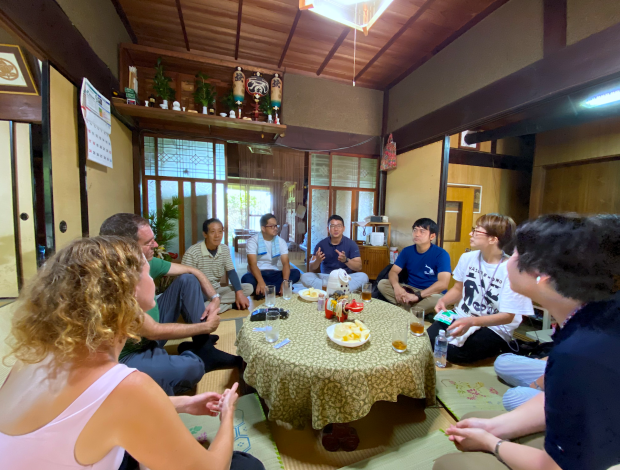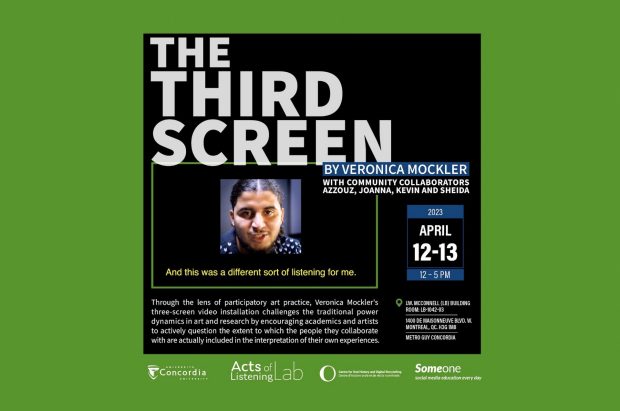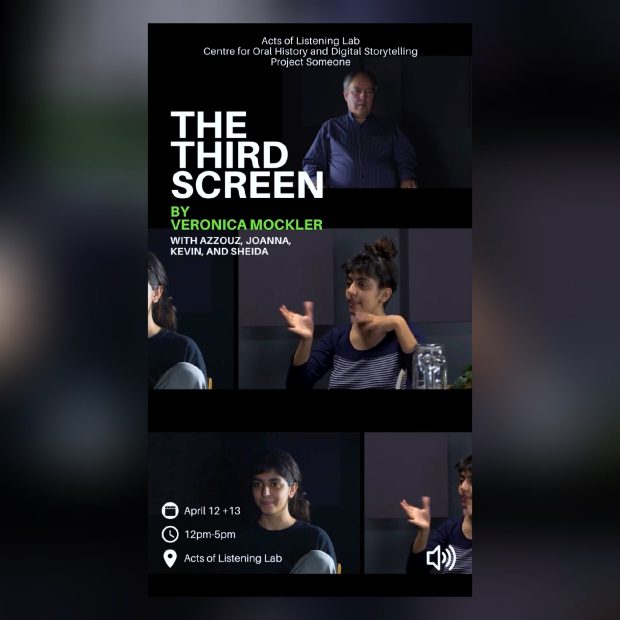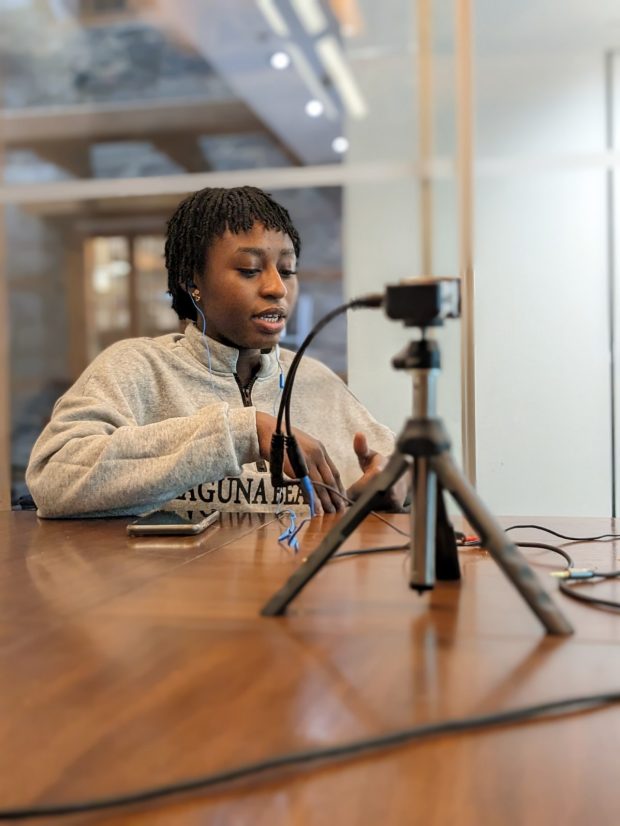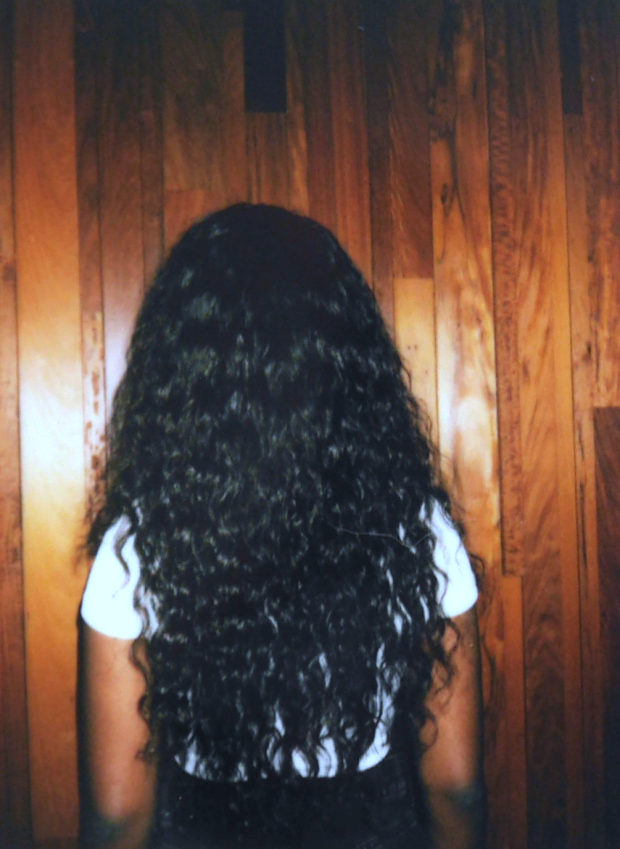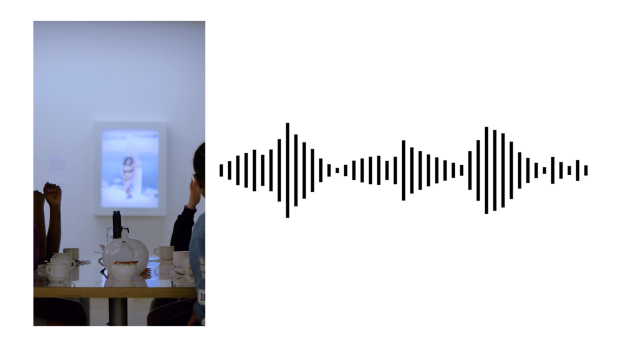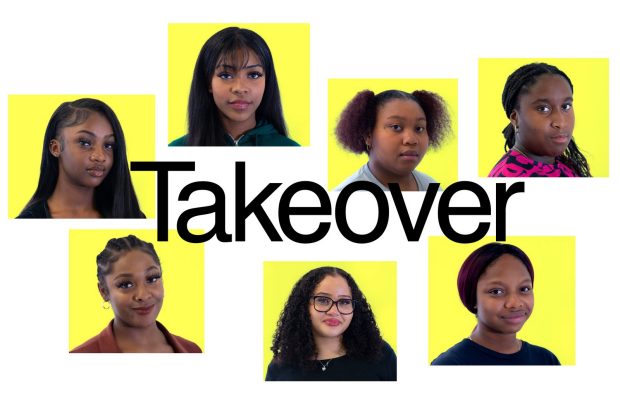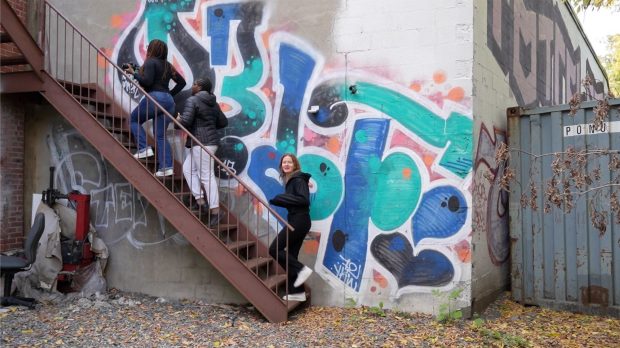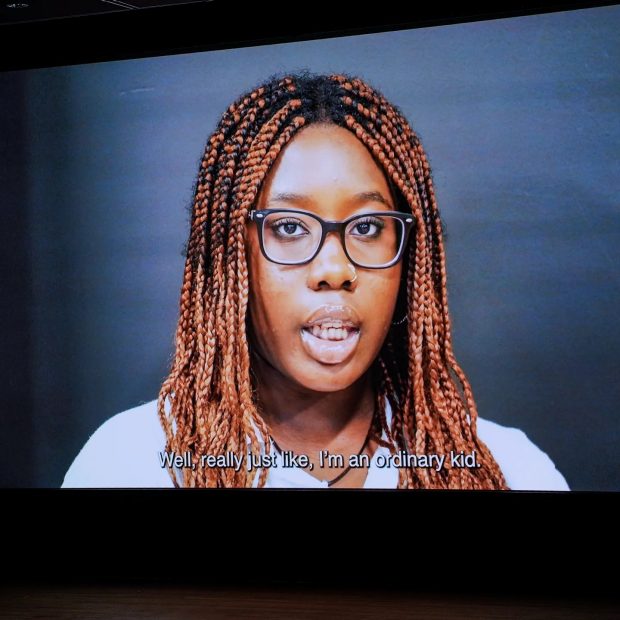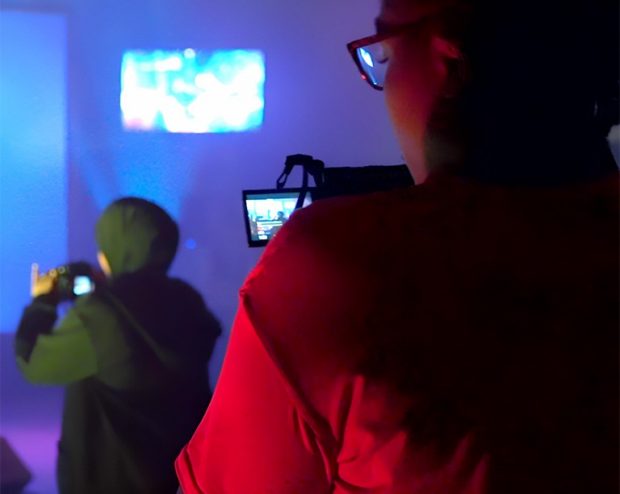Veronica's exploration of inclusion methodologies takes on a dynamic form through the ongoing circulation and exhibition of her three-screen video installation, named "The Third Screen." Whether featured at a conference or exhibited in a white cube setting, the installation transforms these spaces into dialogical arenas. Within the video piece, the conventional process of communicating research results, both in art and research, undergoes a subtle ontological rebellion. Viewers find themselves immersed in the experience of research participants - Azzouz, Joanna, Kevin, and Sheida — who are directly included in the interpretation and communication of the final research output. Informed by the tenets of decoloniality, working-class oral history, and popular education, this immersive installation stands not just as a static display but as a manifestation of a dialogic approach for knowledge-making. Veronica encourages academics and artists to actively question the depth and phases of inclusion in their collaborations, pushing for a shift towards a more inconclusive and participatory engagement with those they work alongside.
An important occurrence of the impact of “The Third Screen” is evident in how it influenced an institution to embrace a dialogical platform over a monological one. This was particularly notable when the World Forum for Acoustic Ecology included “The Third Screen” in its 30th-anniversary conference, "Listening Pasts, Listening Futures." Here, Veronica in collaboration with the Forum’s Keynote Speaker, Amanda Gutiérrez, were able to sponsor Bénéwendé Segueda, a 17-year-old collaborator of Veronica’s to co-author and deliver the Forum’s opening keynote speech.
Over the course of the two months leading up to the Forum, Veronica and Amanda brought together their respective artistic practices to design and facilitate a series of five after-school workshops at the CSLP with their teenager counterpart, Bénéwendé. During these workshops, Bénéwendé was introduced to the history and practice of acoustic ecology as well as to what the two artists conjointly perceive to be at stake when engaging in the act of listening from an intersectional positioning.
An important goal of these individualized workshops was the co-authored writing of the inaugural "Shared Keynote" speech that was delivered on stage by Bénéwendé and Amanda. After engaging with different types of sound recording technologies and creating soundscapes of her own environment, such as her high school and neighborhood, Bénéwendé conducted interviews where she not only spoke of her experience in relation to those of older women from different intersecting backgrounds but also explored questions such as: What does it mean to listen through my ear, which is attached to my body, my gender, my skin, my age? How does my acoustic experience fit into what acoustic ecology traditionally offers?
The culminating highlight of this intergenerational collaboration was Bénéwendé's travel to the World Forum for Acoustic Ecology in Florida with Veronica and Amanda. This "Shared Keynote" speech was the conference's inaugural keynote address, which took place in front of an international congregation of over 250 scientists, artists, and activists. Bénéwendé, a 17-year-old Ivorian-Burkinabé-Québécoise high schooler from the Saint-Léonard borough, captivated the audience with her contribution, which included her talking about her life, her family, her concerns, and the ideas she wants to share with the world. Bénéwendé also decided to talk about the challenge of equality for women in the global south.
Following the "Shared Keynote", the Artist-in-Residence and her collaborators led a group conversation with conference attendees who attended the speech to gain insight into the experiences and perspectives of those in the audience. The following questions were explored:
Could this type of inclusive, participatory, and embodied discursive practice be implemented within your own institution (education, artistic, scientific)?;
Now that you have experienced, as an audience member, this sharing of discursive authority, could you, as artists, researchers, and decision-makers, see yourselves directly facilitating the inclusion of the community stakeholders with whom you work?; This would involve replicating the same approach that was piloted here by the three of us. By doing so, you would enable the community stakeholders to represent and speak for themselves about the work that you do together.
The audio and video documentation of both the "Shared Keynote" and the subsequent conversation are being articulated into an iterative media artwork that will be presented in various artistic and academic spaces as a tool for the discussion and implementation of more responsive, inclusive, participatory, and representative dialogic practice within these very institutions.
Supported by the Project Someone at the Centre for the Study of Learning and Performance, as part of the UNESCO Chair in the Prevention of Radicalization and Violent Extremism.



